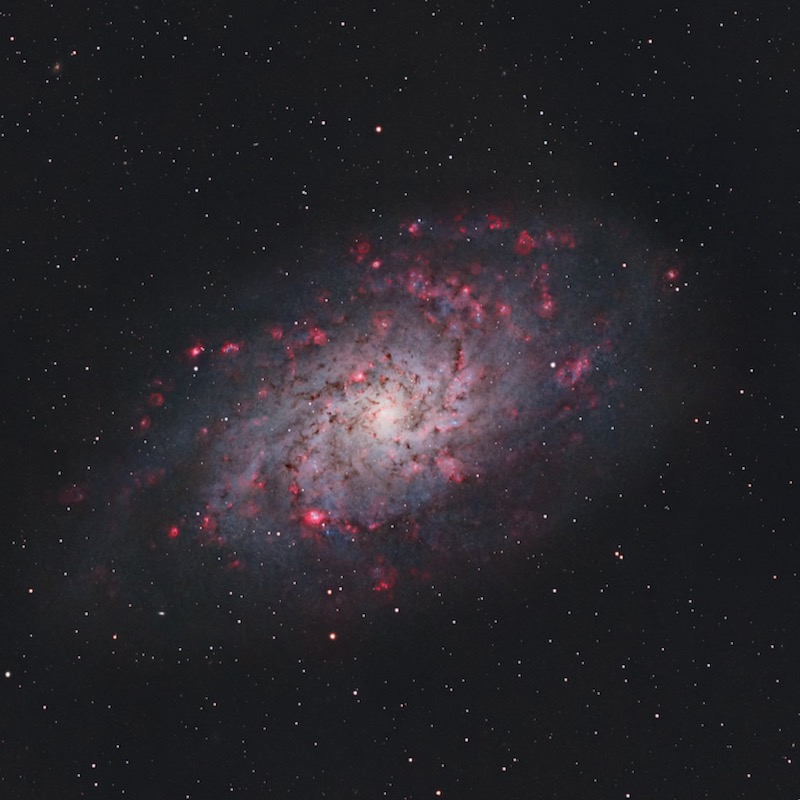
The Triangulum galaxy, also known as Messier 33 (M33), is theoretically the farthest object visible with the unaided eye. But, in practice, you’ll need perfect dark sky conditions – and good eyesight – to see it with the eye alone. Even with binoculars and a telescope, this pinwheel-shaped spiral galaxy is a challenge to spot. It’s relatively nearby. But it’s turned face-on to us, so it has a low surface brightness in our sky.
The Triangulum galaxy, named for its location in the constellation Triangulum, is the 2nd-nearest spiral galaxy to our Milky Way, after the Andromeda galaxy (M31). If you do manage to glimpse it, you’re looking across a distance of 2.7 million light-years.
The 2024 lunar calendars are here! Best Christmas gifts in the universe! Check ’em out here.
How to find the Triangulum Galaxy
Have you ever seen the Andromeda galaxy (Messier 31), closest spiral galaxy to our Milky Way? It’s about 2.2 million light-years away, and appears edge-on to us. It’s much easier to see. Try finding the Andromeda galaxy before you take on the Triangulum galaxy. Here are two ways to find the Andromeda galaxy:
Use constellation Cassiopeia to find Andromeda galaxy
Use Great Square of Pegasus to find Andromeda galaxy
The Andromeda galaxy shines eight times more brightly in our sky than the Triangulum galaxy. The Triangulum and Andromeda galaxies are relatively close together in our sky, only 15 degrees apart. For reference, a fist-width at arm’s length approximates 10 degrees.
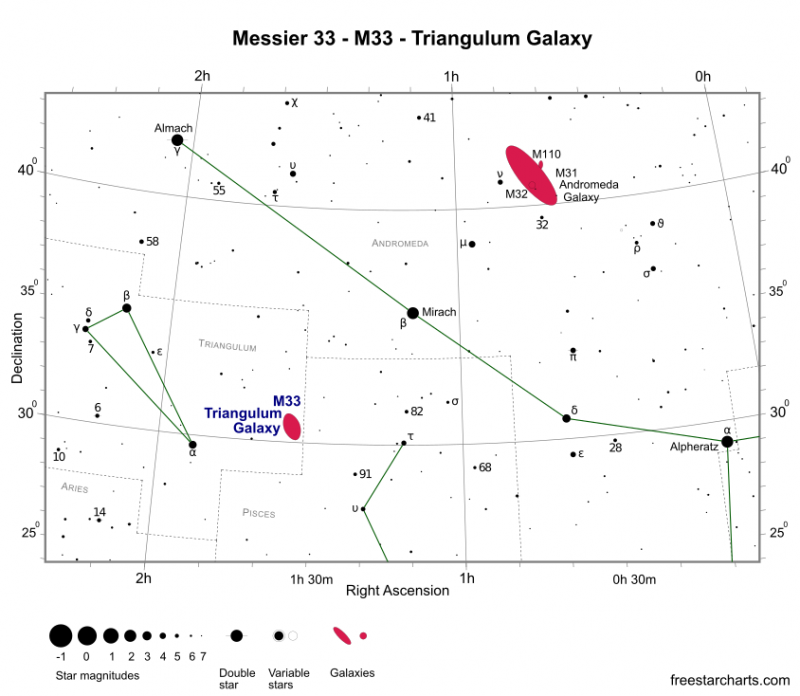
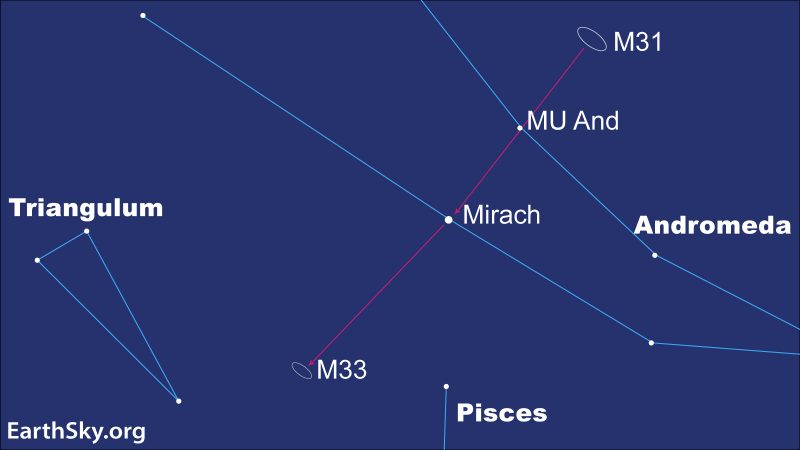
Seeing M33
Star-hop to the Andromeda galaxy to orient yourself to the Triangulum galaxy. As seen on the sky chart, the star Mirach stands about midway between the two galaxies. Once you find Mirach and the Andromeda galaxy, you can draw a line between them to point in the general direction of the Triangulum galaxy.
Now for a word of warning: even if you’re staring right at the Triangulum galaxy, it’s still possible to miss it. You won’t see the galaxy’s stars at all. Sometimes, this galaxy looks almost transparent, like a water spot on a window. The small blob in your binocular field might resemble an unwashed spot on an otherwise clean window.
Science of the Triangulum galaxy
The Triangulum galaxy – at 2.7 million light-years from our Milky Way – is a spiral galaxy. Its face-on orientation has given it the nickname the Pinwheel (another face-on spiral, Messier 101, also has this nickname).
The Triangulum galaxy is the 3rd-largest member of our Local Group of galaxies. Our Local Group consists of several dozen galaxies. Our Milky Way, the Andromeda galaxy and the Triangulum galaxy are the largest members.
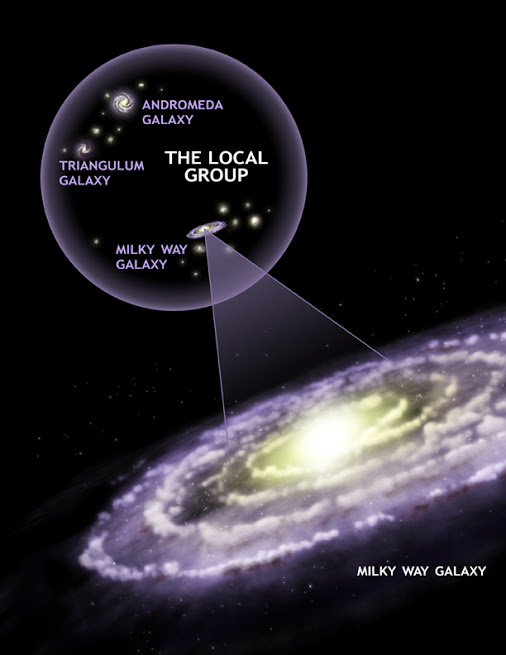
The Triangulum galaxy’s diameter is about 60,000 light-years, or about 60% that of our Milky Way. It’s thought to contain some 40 billion stars. In contrast, there are 100-400 billion stars in the Milky Way and a trillion (1,000 billion) stars in the Andromeda galaxy.
In 2004, astronomers found evidence for a clumpy stream of hydrogen gas linking the Triangulum galaxy with the nearby Andromeda galaxy. A year later, astronomers were able to estimate the proper motion – or sideways motion on our sky’s dome – of the Triangulum Galaxy for the first time. They found that this galaxy is moving towards the Andromeda galaxy. Afterwards, some astronomers suggested the Triangulum galaxy might be a satellite of the Andromeda galaxy. In other words, over a timescale so vast we haven’t yet comprehended it, the Triangulum galaxy might orbit around the Andromeda galaxy.
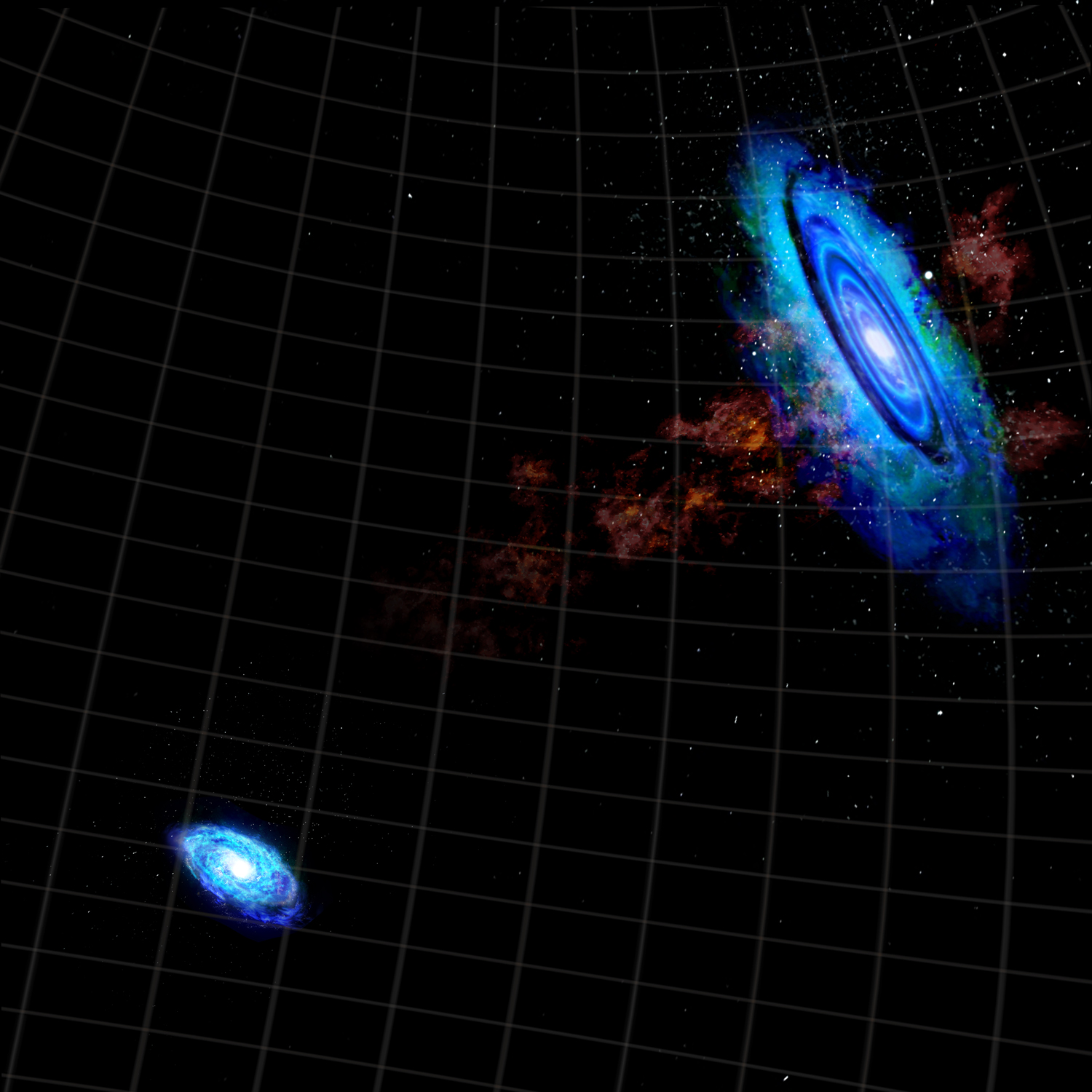
The fate of the Triangulum galaxy
It’s well known that the Andromeda galaxy is moving toward our Milky Way and that a collision between the two galaxies will occur some 4 billion years from now.
Meanwhile, the fate of the Triangulum galaxy isn’t known for certain. It might someday be torn apart and absorbed by the Andromeda galaxy. It might participate in the collision between the Milky Way and Andromeda galaxies. Two other possibilities are a collision with the Milky Way before Andromeda arrives or an ejection from the Local Group.
It’s safe to say that the fate of these great galaxies is beyond human knowledge at this time!
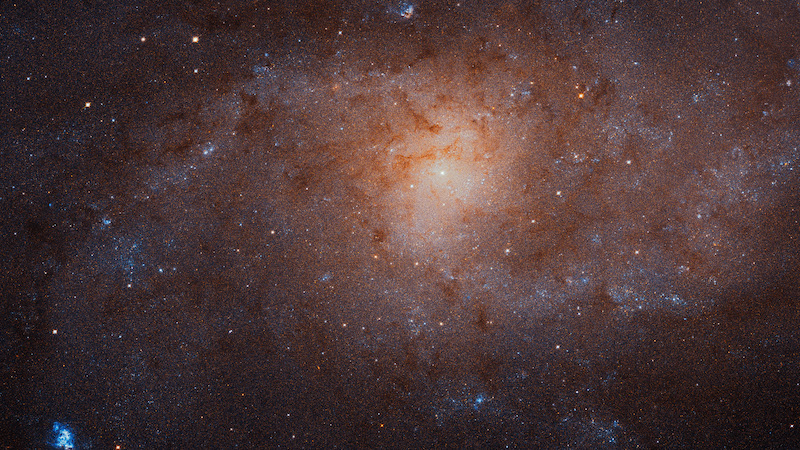
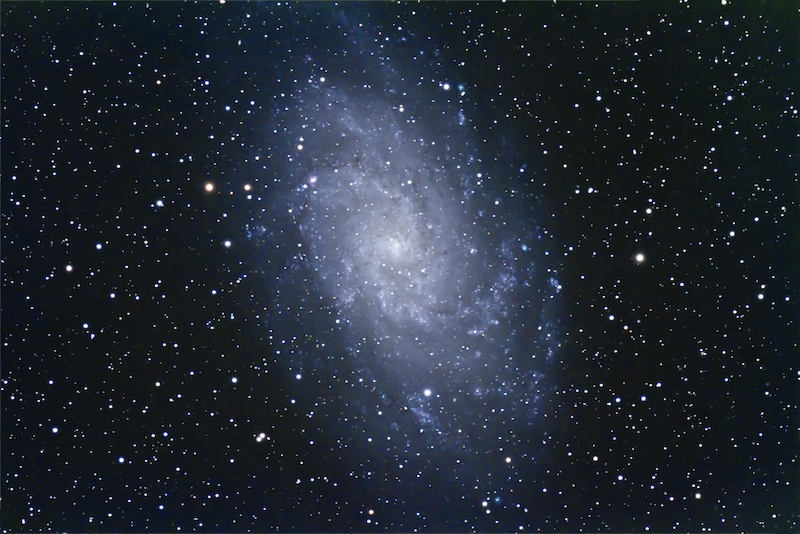
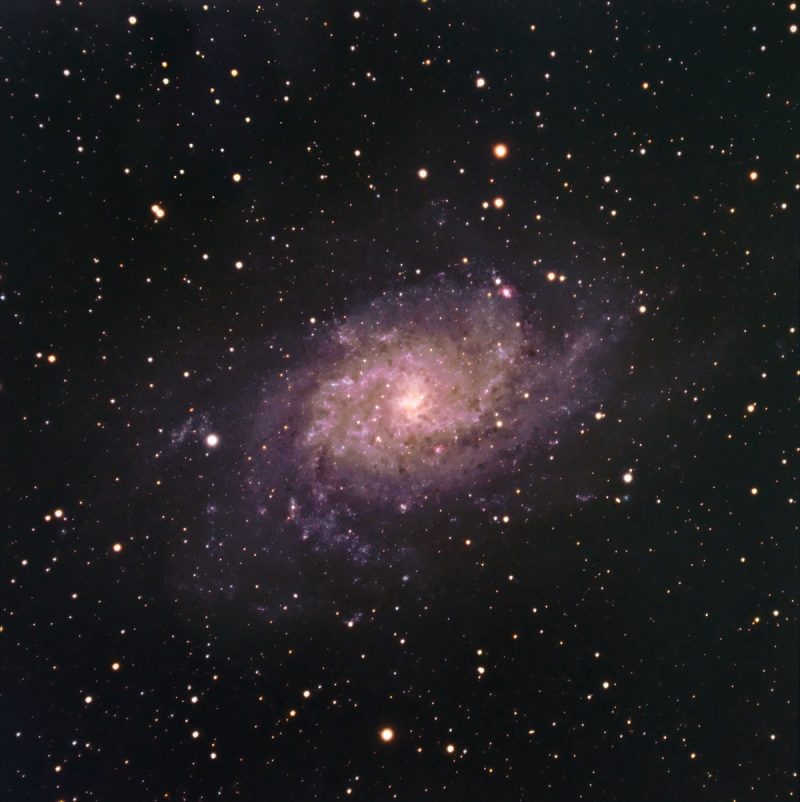
Bottom line: The Triangulum Galaxy, aka M33, is the farthest object you can see with the unaided eye, if in fact you can see it. But seeing it is a challenge.











